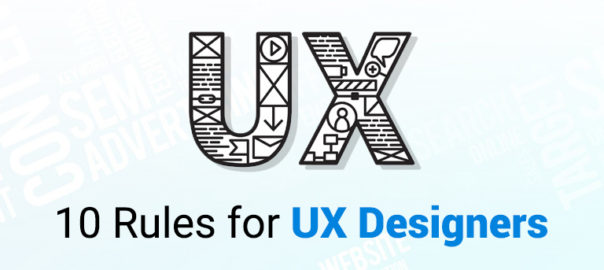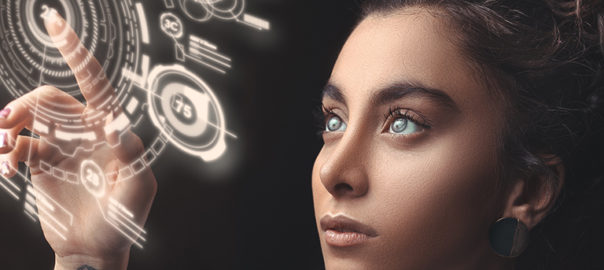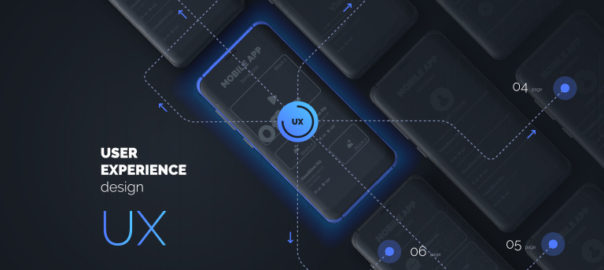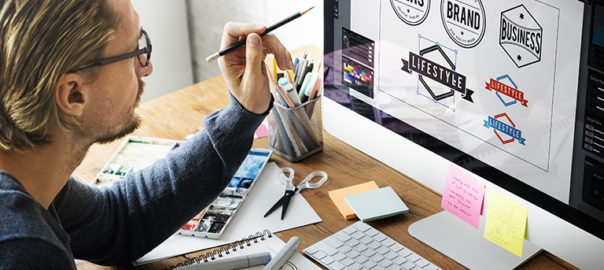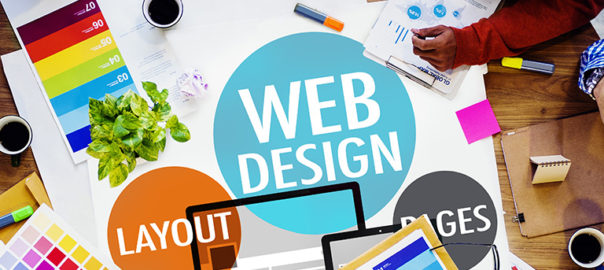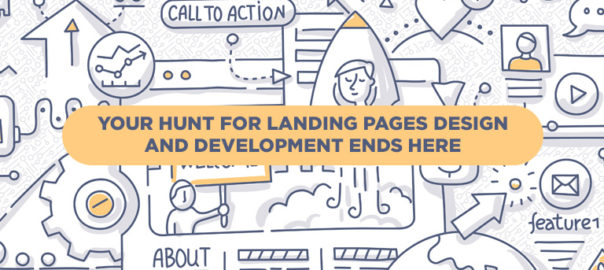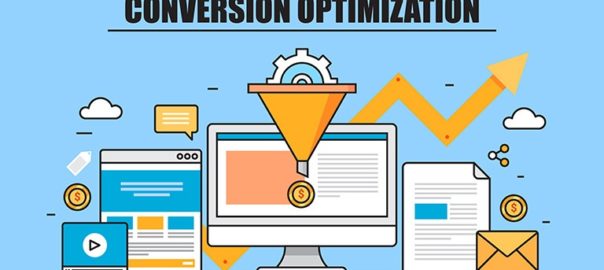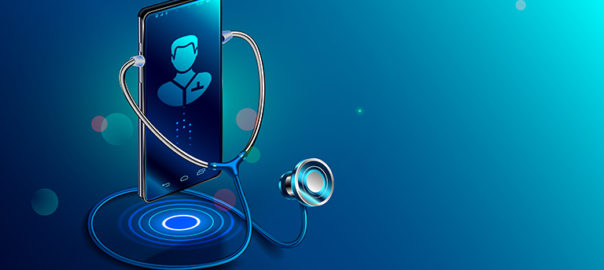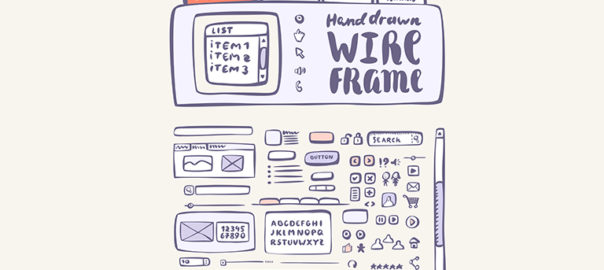User experience or UX is a vast discipline. Anyone who practices UX design should be equipped with skills in many different fields. UX designer creates designs based on their knowledge, experience, trends, creativity, and gut feeling. While there’s no rule of thumb, or a fixed combination of ingredients when it comes to designing fantastic user experiences, here are ten golden rules which will surely help you in creating an excellent experience for people.
1. UX And UI Are Different
Swapping UX with UI, as if the two are the same, is a common mistake among many UX designer. It’s essential to understand the difference between the two disciplines. User Interface is the space where interactions between humans and a product occur, while User Experience is an emotional outcome after interactions with a product.
2. User Research Is a Natural First Step In The Design Process
It should come as no surprise that one of the most important factors you should consider when designing a product is the audience. If you plan to design a product your users will love, you must have an idea of what your audience actually wants and needs. And this means user research should be an essential part of the UX design process. It’s critical to keep your users top of mind before you start designing! This will allow you to provide value for people who’ll use your product and focus on benefits instead of features.
3. Test With Real Users
Designers often assume that people who will use their interfaces are like them. As a result, UX designer projects their behaviors and reactions to users. But thinking that you are your user is a fallacy. This effect in psychology is called the false-consensus — a tendency to assume that others share our beliefs and will behave similarly in a given context.
Most probable, the people who’ll use your product have different backgrounds, different mindsets, different mental models, and different goals.
There is a technique that helps UX designer overcome false-consensus bias, called usability testing. If you want to build products that users love, then you have to focus on testing. Testing with real users allows designers to learn how to create products that are right for those who will use them. This may be time-consuming, but it’s the only way to be sure that you’re moving in the right direction.
4. Prototype Before You Build a Real Product
Skipping prototyping and putting a lot of effort into building an actual product is another common mistake among many design teams. When we put a lot of effort into creating something that we believe is great, it can be stressful to realize that our solution doesn’t work as expected when we release it into the wild.
Prototyping is creating a model of a product so that it can be tested. Prototyping allows you to test your hypothesis before spending time with an engineering team building the actual product. UX designer can use different design techniques for prototyping. One useful prototyping technique is called rapid prototyping. It’s a popular way of quickly creating the future state of a product, be it a website or an app, and validating it with a group of users.
5. Avoid Lorem Ipsum And Dummy Placeholders
Almost every product is based around content, whether that’s text, images, or videos. It can be said that design is an enhancement to the content. Yet many designers don’t take content into account during the design phase — they use Lorem Ipsum instead of real copy and placeholders instead of real images. While such a design might look great on a designer’s artboard, the picture might be completely different when the same design is filled with actual data.
6. Aim To Be Consistent And Straightforward
The hallmark of a great user interface is simplicity and consistency
In the context of digital products, simplicity means that’s it’s easy to understand and interact with a product. Your users shouldn’t need to read instructions to understand how to use an app or have a map to navigate through it. It’s part of your job as an interface designer to make things clear and subtly guide them from where they are to where they need to go.
Interfaces must also be kept consistent throughout a design. In an attempt to make designs appear more creative and memorable many UX designer intentionally add inconsistencies in style. For example, different color schemes can be used on different pages on a website. Such design decisions often cause confusion and frustration in users. Thus, it’s always important to keep the design element familiar, reinforcing the most important facets of your design at every turn. Remember to apply the Principle of Least Astonishment to your product design.
7. Design Must Be Usable And Accessible
Design for a diverse set of users that will interact with your products
When it comes to design, designers often obsess over the look and appeal instead of functionality and accessibility. Most of us try to make things look beautiful. Quite often, this leads to a situation where aesthetics become more important for UX designer than usability. Of course, aesthetics are important, and we definitely should try to make our designs appealing, but only after we have usable products. The most important job of digital products and services is to perform a function.
8. Design Is An Iterative Process
It’s important to understand that UX design isn’t a linear process. The phases of the UX process (ideation, prototyping, testing) often have considerable overlap, and usually, there’s a lot of back-and-forths. As you learn more about the problem, the users, and the project details (especially any constraints), it may be necessary to revisit some of the research undertaken or try out new design ideas. Don’t think that it’s possible to make your design perfect right after just one iteration. Instead, refine ideas to the point where you can test them with real users, collect valuable feedback, and iterate based on this feedback.
9. Preventing Errors Is Better Than Fixing Them
Whenever possible, design products to keep potential errors to a minimum. To err is human. Errors often occur when people engage with user interfaces. Sometimes, they happen because users make mistakes, and other times they happen because an app fails.
Whatever the cause, these errors, and how they are handled have a huge impact on the user experience. Users hate errors and hate the feeling that they triggered such behavior even more. Thus, you should strive to either eliminate error-prone conditions altogether or check for them and notify users before they commit to the action.
10. There’s No ‘one’ Universal UX Process
UX process is a make-it-or-break-it aspect of UX design. Without a solid UX process, a designer could be completely moving in the dark. A clear and concise UX development process, on the other hand, makes it possible to craft amazing experiences for users.
Read more about how to prevent mistakes in UX practices here
Many designers believe that there’s one universal UX process that can be applied to all projects. Unfortunately, there’s no such thing as a one-size-fits-all UX design. While it’s possible to define individual steps for each project, a precise UX process should always be selected based on project requirements — each project is unique and has its own needs. This means that to create the best possible user experience a designer should be ready to adapt their design process based on project specifics.
Talk to our team now – learn more about the rules of UX designing.


